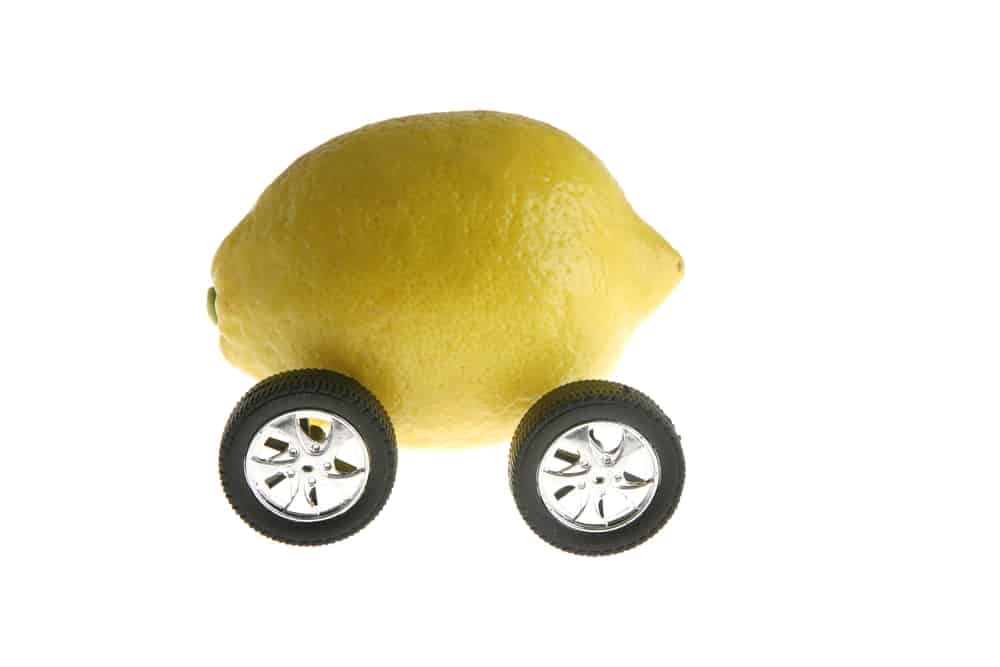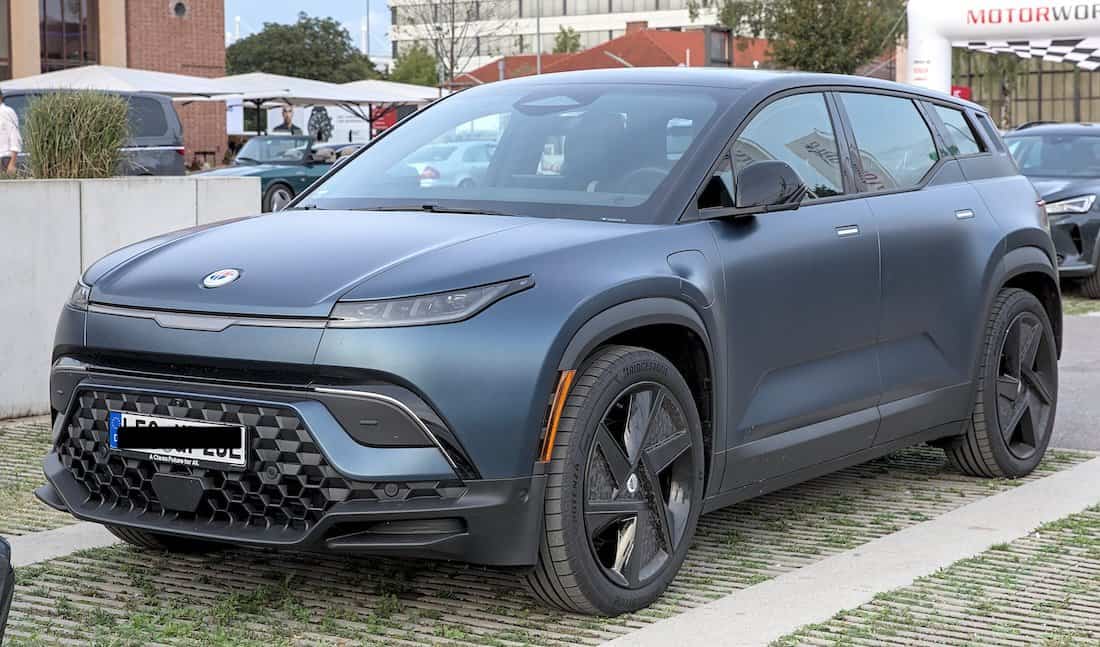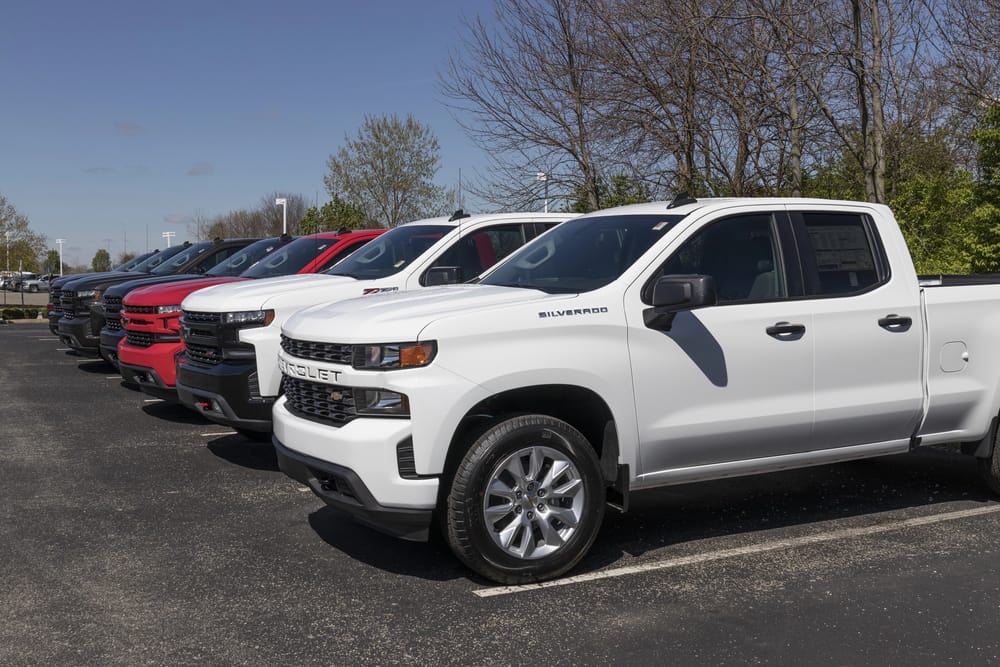When a car is deemed to be a lemon, vehicle manufacturers have two options: they can either do a ‘‘buyback’ or replace your vehicle. The buyer receives a full refund for the purchase price or any amounts paid toward a lease with a buyback option.
Buyback amounts can include a down payment, any outstanding loan balances, monthly payments, and any expenses you had to incur due to the inconvenience of dealing with a defective car, for example, towing, mechanical, and rental costs.
Buyback and Replacement as Lemon Law Remedies
The other option is for the manufacturer to replace your vehicle. Most likely, they will replace it with the same model but without defects. It is also possible that the manufacturer could offer you an entirely different model. California law requires that car manufacturers pay for tax, licensing, and registration fees, as well as any other associated costs. Also, the warranty period is reset once again for the replacement model.
In both cases, replacement or buyback, the consumer and manufacturer must agree. In many cases, consumers use the help of a lemon law attorney to help them negotiate the terms of their claim. A car manufacturer cannot force you to take a replacement if that’s not the solution you want. If you initially elect to have your car replaced but find yourself in disagreement with what the manufacturer is offering – for example, you’re not getting the model you want or are unhappy with their new term; the manufacturer must do a buyback and reimburse you for the amounts we mentioned previously.
Do Lemon Law Buybacks Guarantee all of Your Money Back?
The short answer is, ‘no.’ While a consumer can expect to receive most of their money back, including related expenses like repairs and towing, not everything is paid back. Here is why: a mileage offset is subtracted from the reimbursable quantity. A mileage offset is a computation that takes the car’s number of miles and removes them from when the car started presenting problems. This amount is divided by 120,000 and multiplied by the original cost of the vehicle. This number is then subtracted from your settlement amount.
The best way to understand a mileage offset is that you are not reimbursed for any amount of miles that you drove the vehicle problem-free. Your reimbursement amounts will only go back to the day the car first started to present problems.
What Happens to Vehicles that are Repurchased?
Each year thousands of cars are taken off the road as lemon law buybacks. In most instances, these cars end up being repaired and resold once again. Often, a consumer may not be aware that the vehicle was previously a lemon as their titles usually show up squeaky clean.
Laws across states vary, but in many cases, vehicle manufacturers find ways to rebrand the titles for these cars, often leading to misleading information. The best way to protect yourself is to ask questions, look at the vehicle’s history, and be on the lookout for any inconsistencies in the car’s history and title.
Related
Automobile Class Actions and Settlements



